Noticia
National Meeting on Environmental Sciences
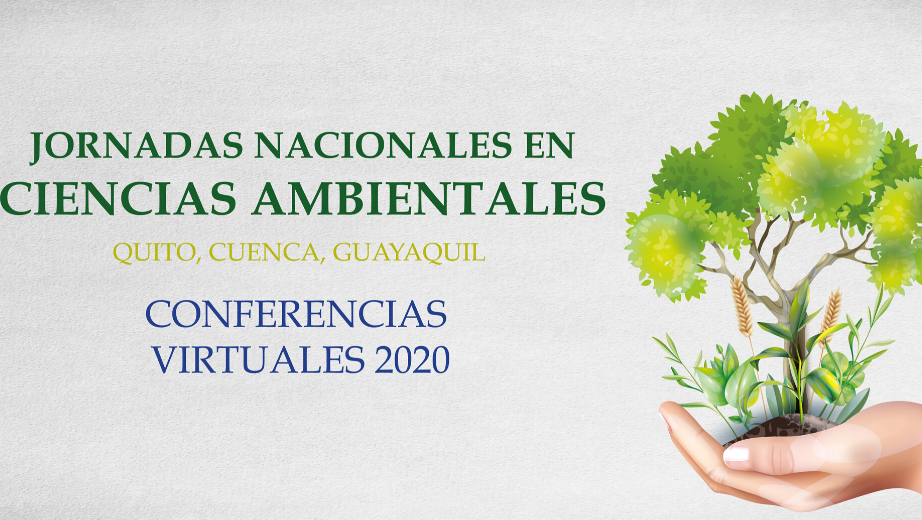
From the 1st to the 5th of June, students and professors from the environmental engineering undergraduate program in Quito, Guayaquil and Cuenca organized a National Meeting on Environmental Sciences. The meeting was attended was six international speakers; the aim was to present research on climate change, biodiversity, environmental control technologies and waste management.
The meeting was attended by researchers, scientists, technicians from European and American companies to share the results of their research with the university community. "Our goal is to not only respond to environmental problems, but to create a common scientific base that can increase people's interest in caring for the environment", said Miryam Loayza, director of the environmental engineering undergraduate program in Cuenca.
There were 15 conferences in all, the first was a presentation led by Jorge Amaya, researcher at UPS, he spoke about the synthesis of a polymer from renewable sources and the study of the environmental impact on biodegradation. He indicated that "plastic is no longer just an environmental but a social problem. In this regard, bioplastics are an alternative because they have a light disintegration, mechanical, biological or oxidation stimulation." The use of natural fibers such as bamboo, bark of rice or sugar cane produce less pollution. It is fundamental to carry out C02 studies on the degradability of biopolymers", he said.
Julieta Juncosa Calahorrano, a master's degree student at Colorado State University - CSU in the United States, spoke about her experience of the "WE-CAN" forest fire measurement campaign, which seeks to characterize emissions, evolution and processes related to forest fires. "Fire feathers are chemically very active, in fresh feathers the nitrogen oxide radicals rapidly oxidize during transport to form more stable species and nitrate particles."
He also commented that fire emissions impact the nutrient cycle, the energy balance, the formation of clouds and is dangerous to people's health when they are exposed to smoke. "It is relevant to understand the behavior of fires to create policies that lessen negative impacts," he said.
Other conferences were:
- The application of soil bioengineering for river restoration. Stephan Hoerbinger and Hans Peter Rauch, University of Natural Resources and Life Sciences, Vienna.
- A project of reuse of reclaimed wastewater in the Po Valley. Paola Verlicchi, University of Ferrara, Italy
- Analysis of surface water and groundwater quality in South African Area, with particular regard to rural areas of South Africa and Mozambique. Vittoria Grillini, University of Ferrara, Italy
- Environmental risk posed by microcontaminants with particular attention on the evaluation of the contribution of surface runoff from arable land amended with manure and sewage sludge, Andrea Ghirardini, University of Ferrara, Italy.
- Ciencia ciudadana y calidad del aire. Daniel Bernal de la Red Ciudadana CanAirIO - Colombia
- Neutrones Telúricos por Acumulación de Radioisotopos por Fenómenos Naturales y TE-NORM. Laszlo Sajo Bohus, Universidad Simón Bolívar - Caracas.
Finally, Karina Pazmiño, director of the environmental engineering undergraduate program in Quito, said these event help students strengthen their learning.
Contenidos Relacionados
Contenidos Relacionados
Noticias Relacionadas
Noticias Relacionadas

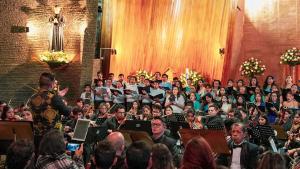
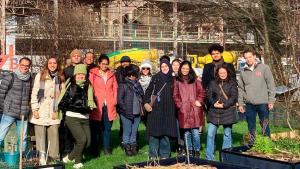
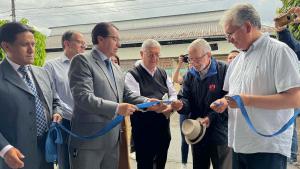
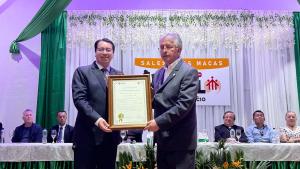
Follow us
Follow us